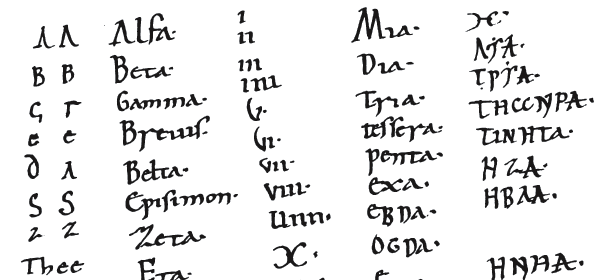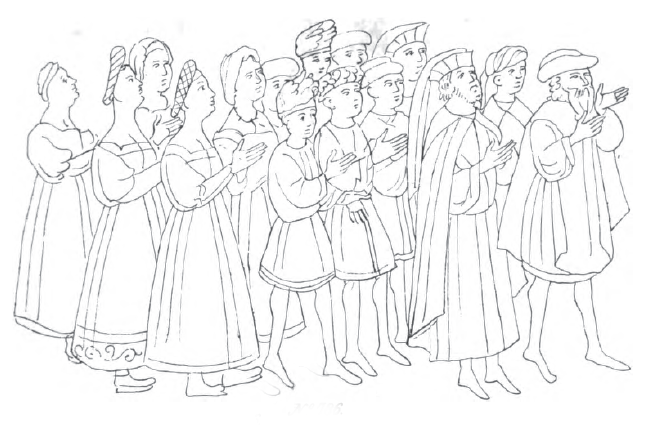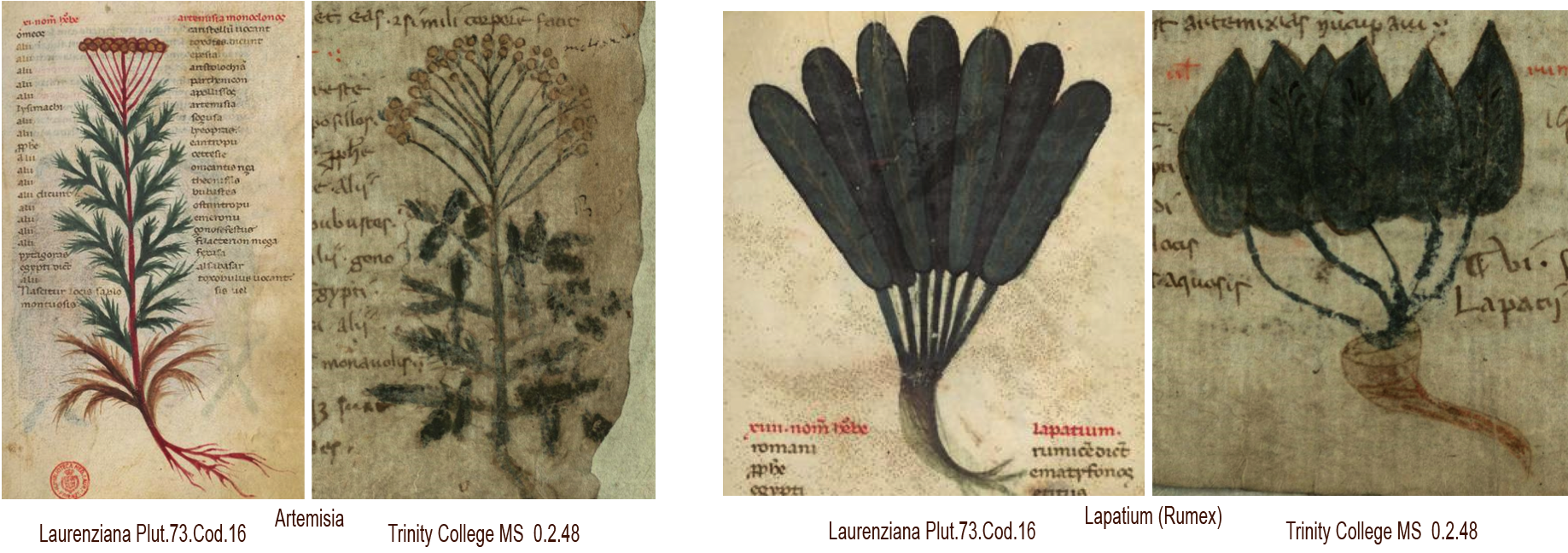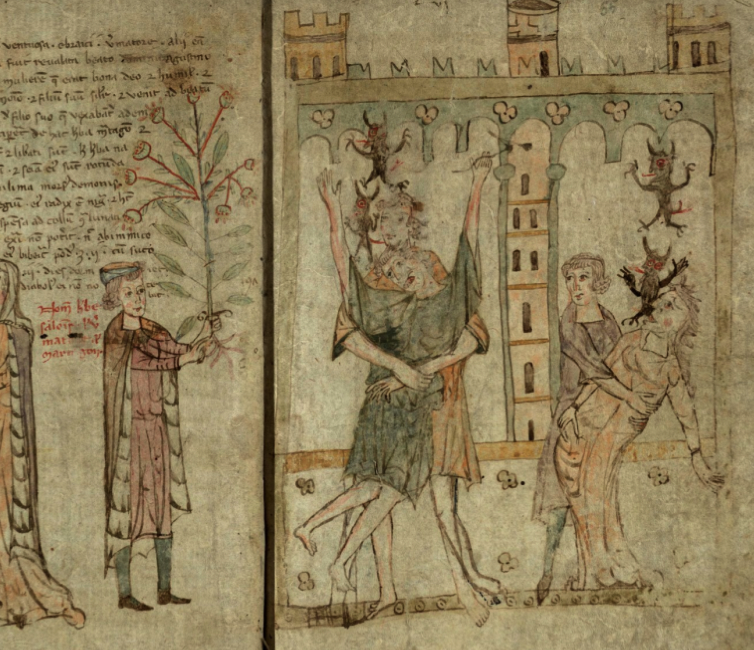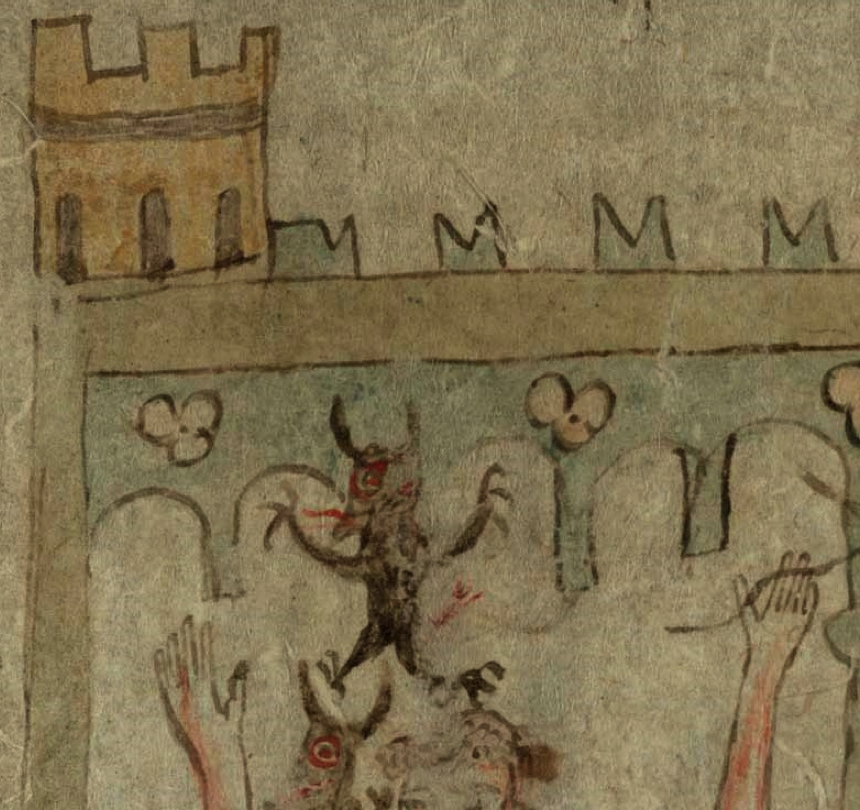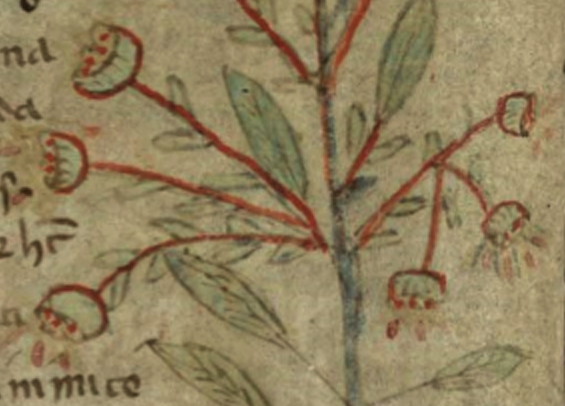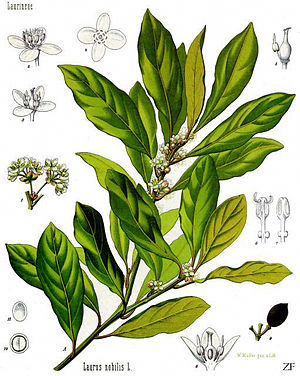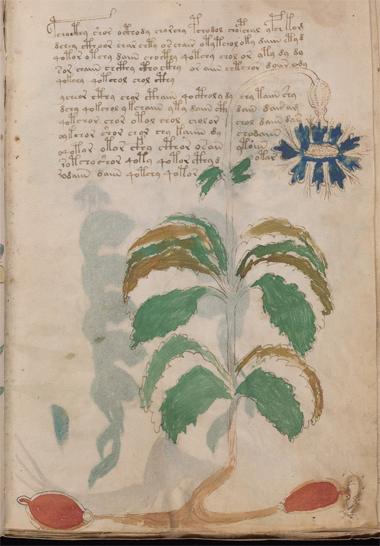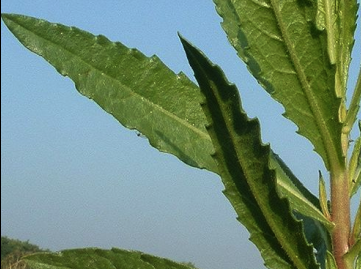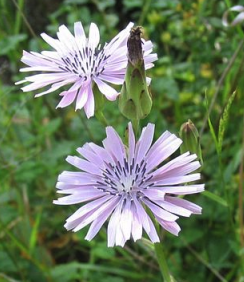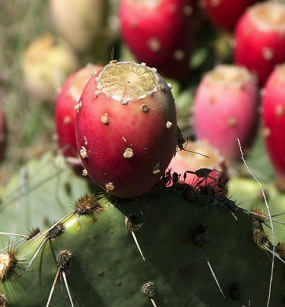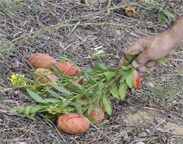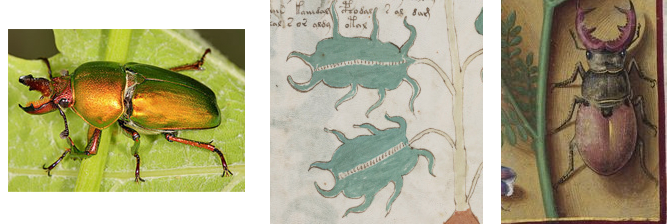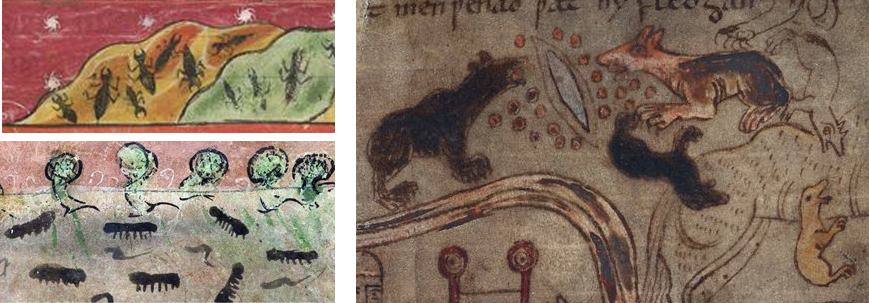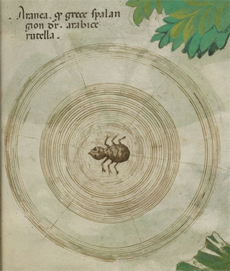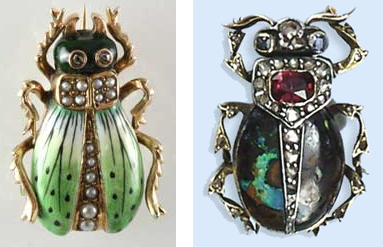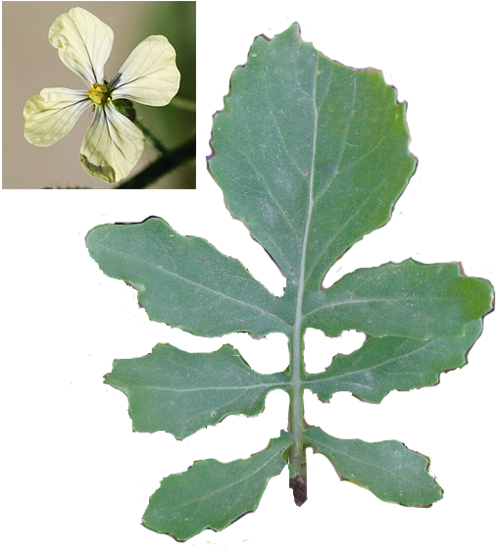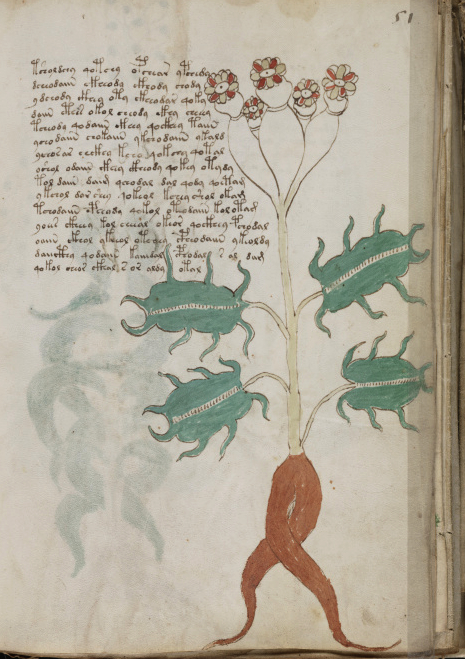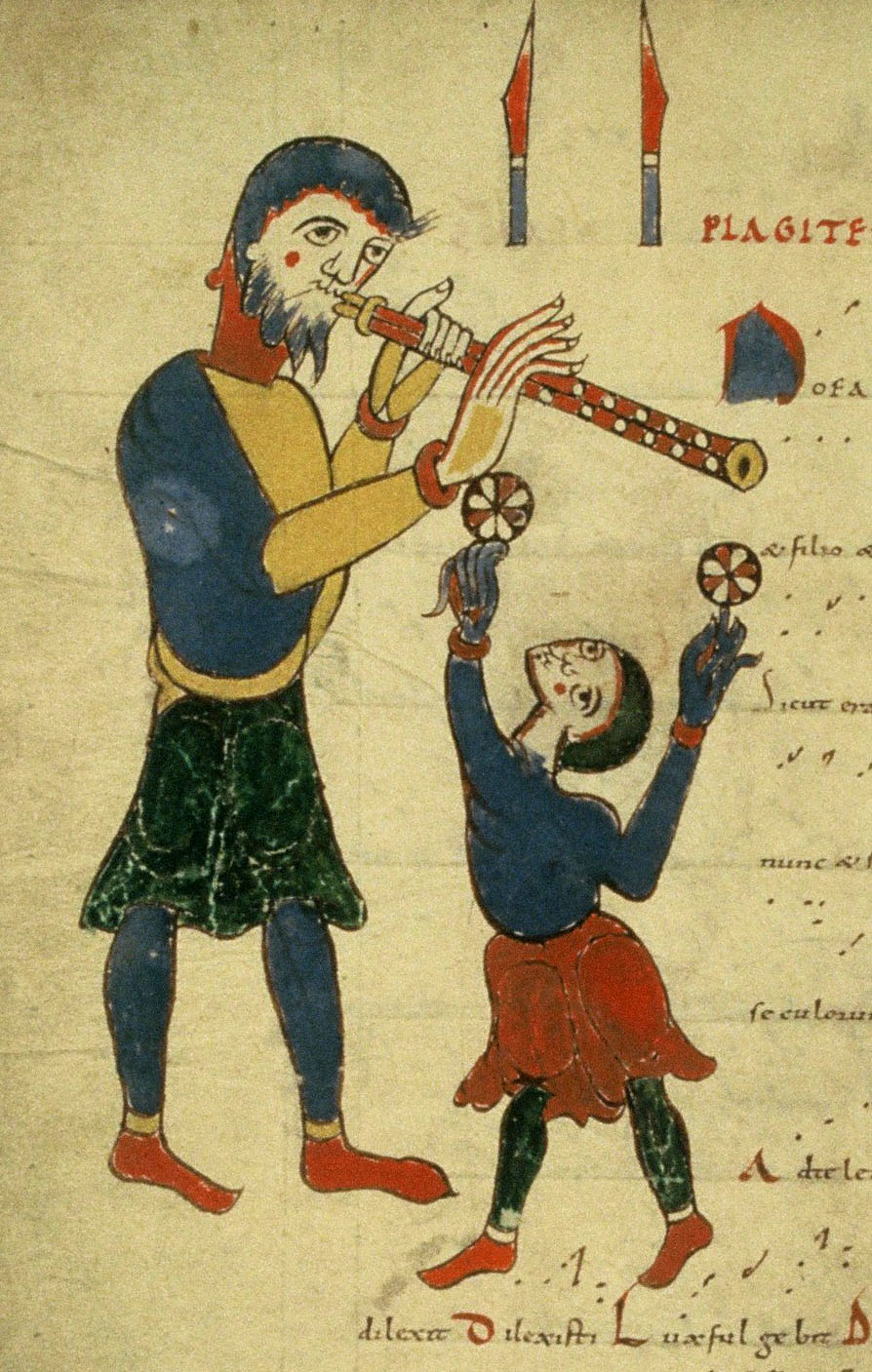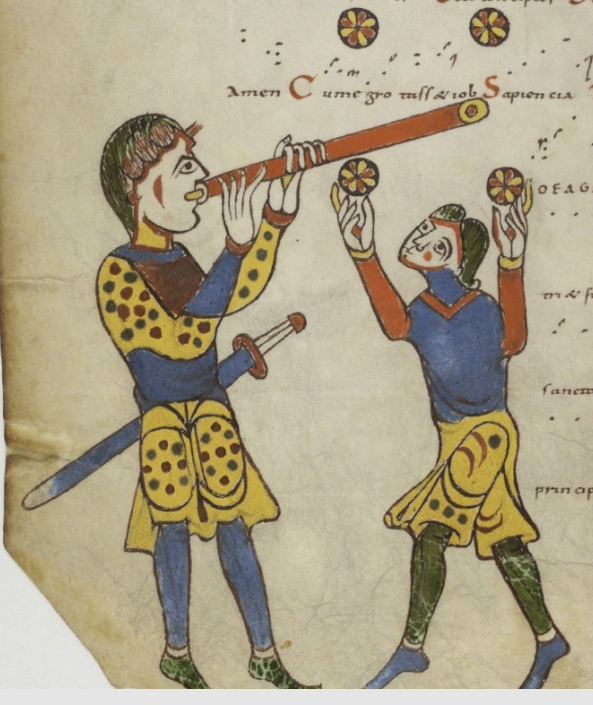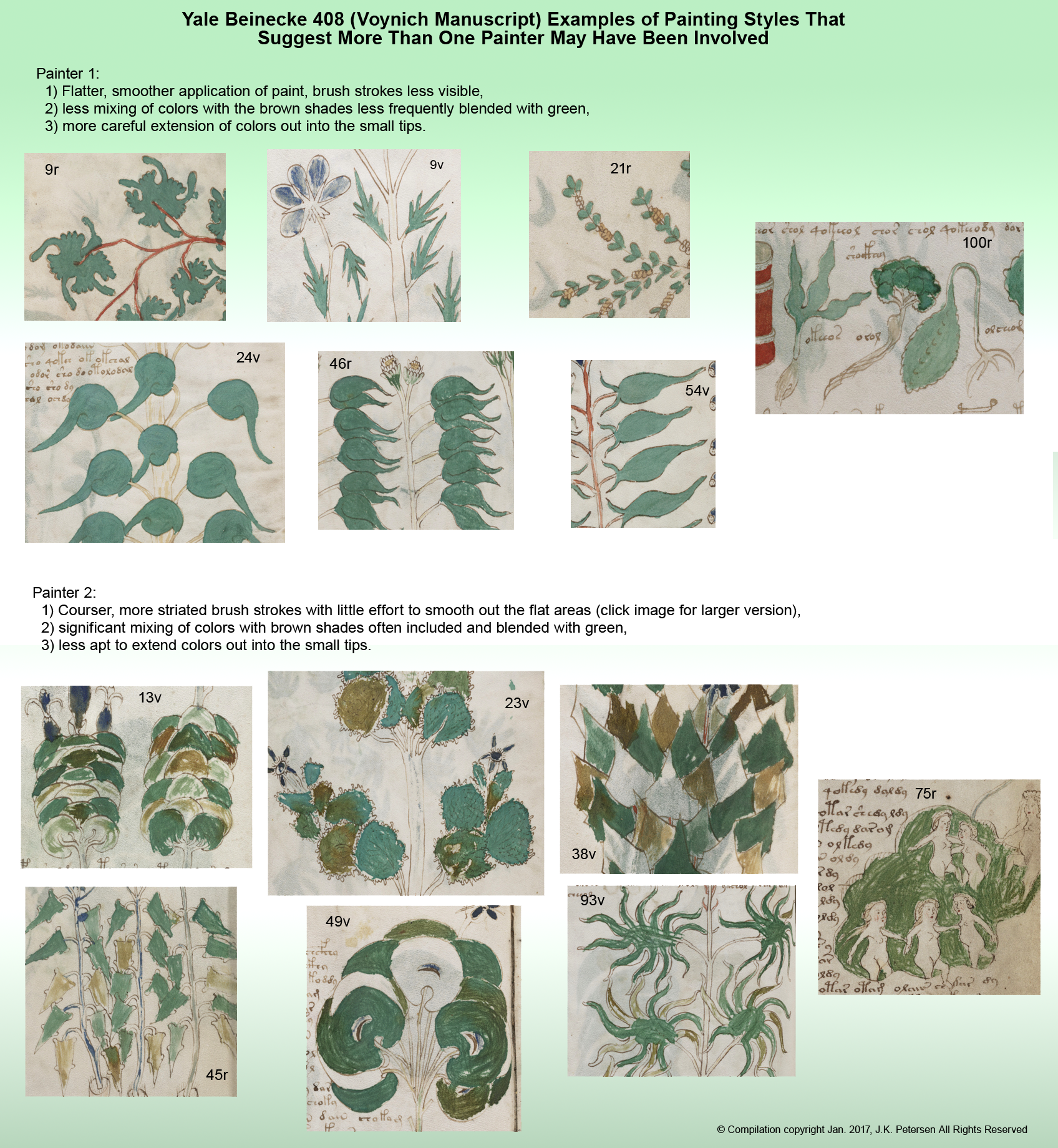carnally The Mutation of Information
Our Grade 3 teacher wrote something on a piece of paper one day and handed it to the first student at the front of the class and told the student not to show the note to anyone, but to whisper the message to the next student. That student was then directed to whisper it to the next and so on, from mouth to ear, around the room.
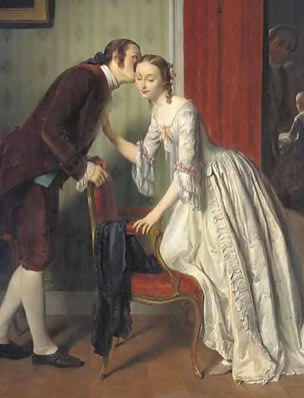
Detail of The Whisperer by Gustave Leonhard
We waited in anxious anticipation to find out the secret message. At the end of the chain, the final student repeated the words out loud and we laughed because it didn’t make much sense. When the original note was read out loud, quite a few of us were surprised at how the message had changed.
That was my introduction to how information can mutate, when passed from one person to the next, and I soon realized that drawings and text could undergo signification transformations as well. Like a photocopy of a photocopy of a photocopy, the original intent gets blurred and sometimes, as future copyists try to guess what is missing and reinsert it, it takes on a new life in a different form.
Toluca Herbal Traditions
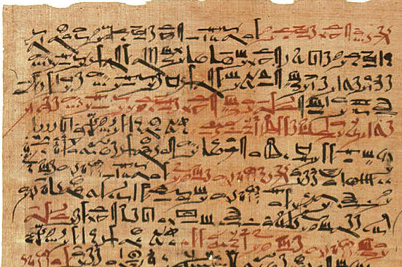
Medical papyrus from c. 1600 BCE held in the New York Academy of Medicine
Medical writings date back more than 4500 years, to a time when only the elite had the knowledge and materials to record them. Due to high levels of illiteracy, much of what medieval westerners knew about herbs had been passed down unchanged from the Sumerians, Egyptians, Greeks, and Arabs. The words of Pliny, Hippocrates, Dioscorides, and Galen were still considered expert knowledge, with little critical analysis, centuries after they had passed away.
The earliest herbal descriptions do not include drawings, other than the occasional sheaf of grain, or an unidentifiable three-leaved plant meant to be symbolic rather than literal. Even when the plant was carefully described in words, those words were often very brief, and later students who studied the written descriptions sometimes misidentified the plants due to their limited understanding of botany or because they lived in regions where plants that looked similar could be entirely different species.
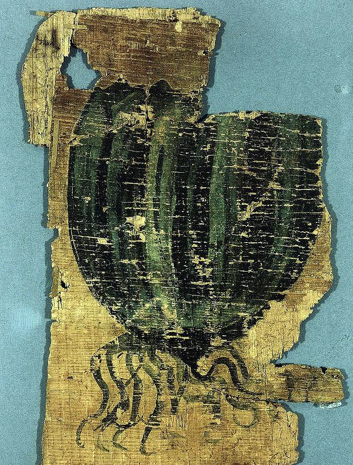 We’re not sure when the tradition of creating illustrated herbals began but the Egyptian fragment on the right is from a c. 400 BCE herbal papyrus called the Johnson Papyrus. In the 1st century BCE, a physician known as Crateuas/Kratevus may have been a pioneer and it’s thought that his work influenced later illustrated copies of Dioscorides’ work. His name is mentioned in several Latin and French editions on the general history of plants from the 16th and 17th centuries but only a few fragments of his work survive.
We’re not sure when the tradition of creating illustrated herbals began but the Egyptian fragment on the right is from a c. 400 BCE herbal papyrus called the Johnson Papyrus. In the 1st century BCE, a physician known as Crateuas/Kratevus may have been a pioneer and it’s thought that his work influenced later illustrated copies of Dioscorides’ work. His name is mentioned in several Latin and French editions on the general history of plants from the 16th and 17th centuries but only a few fragments of his work survive.
The Development of Herbal Traditions
When efforts to illustrate plants became more common, those who drew them were often doctors and apothecaries rather than artists, limited in their drawing skills. To make matters worse, sometimes only the parts with medicinal properties were illustrated, leaving out features that might not be relevant to medicine, but which would have helped identify the plants. On top of this, copyists sometimes misinterpreted the older drawings and changed their features unintentionally.
Saffron
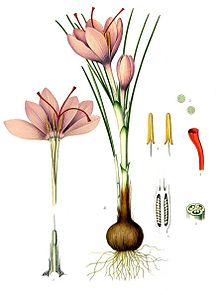 If we take the example of saffron, which is revered for its golden-orange threads that are used as a dyestuff to color foods such as rice, we can see how herbal tradition can misinform.
If we take the example of saffron, which is revered for its golden-orange threads that are used as a dyestuff to color foods such as rice, we can see how herbal tradition can misinform.
The plant that the ancients identified as saffron is a form of crocus, a relative of the iris. The crocus plant, a bulbous harbinger of spring, is found worldwide and comprises almost 100 species. Saffron comes from a specific crocus (Crocus sativus), which may have been deliberately bred thousands of years ago, for its desirable threads.
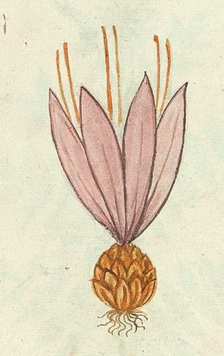 The saffron crocus propagates through divisions of the bulb, and here is where herbal tradition goes awry. At some point, an attempt to document this propagation resulted in a drawing of a bulb that resembles a lily or garlic bulb more than a crocus. It doesn’t accurately illustrate the way crocus bulbs divide, and thus could lead to misidentification of the plant. The leaves are sometimes also represented incorrectly. Various crocus species can be recognized by the shape, width, and length of their leaves in combination with other features. In fact, some species have no leaves at all. If the plant is drawn inaccurately, the wrong species may be harvested. C. sativus has slender leaves yet some of the herbal manuscripts show it with no leaves.
The saffron crocus propagates through divisions of the bulb, and here is where herbal tradition goes awry. At some point, an attempt to document this propagation resulted in a drawing of a bulb that resembles a lily or garlic bulb more than a crocus. It doesn’t accurately illustrate the way crocus bulbs divide, and thus could lead to misidentification of the plant. The leaves are sometimes also represented incorrectly. Various crocus species can be recognized by the shape, width, and length of their leaves in combination with other features. In fact, some species have no leaves at all. If the plant is drawn inaccurately, the wrong species may be harvested. C. sativus has slender leaves yet some of the herbal manuscripts show it with no leaves.
If you consider that the autumn crocus, a toxic plant that looks very similar to spring crocus, is a different species that grows in many of the same areas, you can see why details are important. Except for the protruding threads, the botanical drawing on upper-left resembles certain varieties of autumn crocus (Colchicum speciosum) more than it does Crocus sativus. Worse yet, Colchicum is sometimes called “autumn saffron” or “meadow saffron”, even though it is not the plant that supplies saffron.
Peculiarities and Provenance
From a historian’s point of view, a mistake by the original scribe or illustrator isn’t always a bad thing. Imperfections and peculiarities in plant drawings can sometimes help us chart the provenance of a manuscript. If the drawings are accurate, it’s difficult to know whether they are based on live plants or on previous drawings. When they are inaccurate, especially if several plants in a compendium are inaccurate in the same specific ways, sometimes the quirks can reveal the illustrator’s sources.
Other aspects of the plant, such as the way it is rendered, or the addition of snakes or faces, or its relationship to other elements of the page, can also provide clues as to where the illustrator got his ideas. For example, in the Voynich Manuscript, roots shaped as animals and roots with human faces suggest a familiarity with other herbal manuscripts of the time.
Oddities That May Not Be So Odd
Sometimes eccentricities in herbal drawings are based on superstition, and sometimes they have other explanations. It’s not uncommon for herbal drawings to express similarities to animals. In fact, in the middle ages some people believed that if a plant was shaped like a body part, it was God’s signal that the plant should be used to cure that part of the anatomy. Or, if it resembled an animal, it was meant to attract or deflect that animal or to cure a specific kind of animal bite.
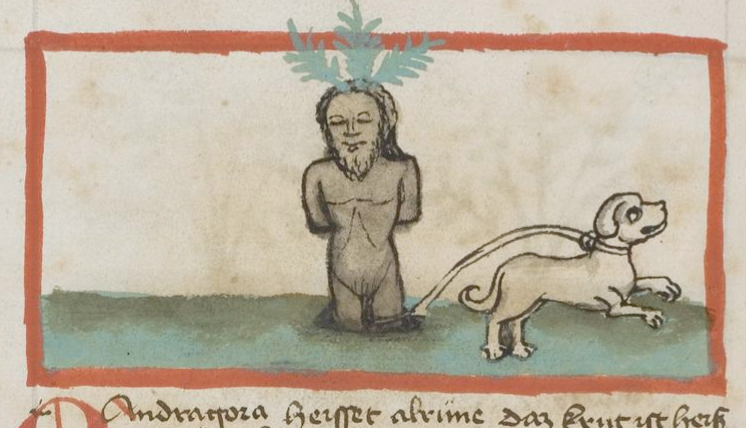 The legend of the mandrake plant, which has a root that resembles the human form, is that it screams when it is uprooted and will harm those who hear the scream. The solution is to tie a dog to the plant, get out of hearing range, and then have the dog pull out the plant by its roots.
The legend of the mandrake plant, which has a root that resembles the human form, is that it screams when it is uprooted and will harm those who hear the scream. The solution is to tie a dog to the plant, get out of hearing range, and then have the dog pull out the plant by its roots.
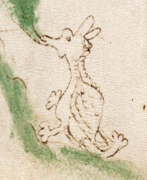 It’s tempting to interpret VMS Plant 25v as a mandrake, with its whorl of basal leaves, but the root isn’t thick enough and the critter nibbling on the leaf looks more like a dragon than a dog. Also, the mandrake doesn’t have parallel veins, and the VM illustrator has clearly illustrated this leaf structure, so it’s not likely that this is intended to be Mandragora—it may be something else related to dragons (or possibly to sheep, since this may be a badly drawn turtle-shell lamb).
It’s tempting to interpret VMS Plant 25v as a mandrake, with its whorl of basal leaves, but the root isn’t thick enough and the critter nibbling on the leaf looks more like a dragon than a dog. Also, the mandrake doesn’t have parallel veins, and the VM illustrator has clearly illustrated this leaf structure, so it’s not likely that this is intended to be Mandragora—it may be something else related to dragons (or possibly to sheep, since this may be a badly drawn turtle-shell lamb).
Another VMS plant has leaves that look like bird heads. The shape may be symbolic, intentional exaggeration, or perhaps there’s a simpler explanation. There are some plants that curve dramatically in one direction or the other as they dry. Sometimes leaves that hang down may turn upward or the tips of the leaves may rotate in one direction until they resemble the heads of birds. There is an African plant with symmetric leaves that look like birds’ heads when they dry.
Some of the peculiarities in the VMS may be due to tradition or superstition, they certainly appear fantastical in many ways… others may be artistic expressions of natural processes that aren’t so peculiar as they seem at first glance.
J.K. Petersen
© Copyright 2016 J.K. Petersen, All Rights Reserved
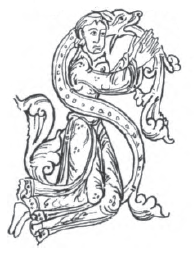 There are some interesting entries in the Catalogue of the extraordinary collection of splendid manuscripts: chiefly upon vellum, in various languages of Europe & the East published by Davy in 1859.
There are some interesting entries in the Catalogue of the extraordinary collection of splendid manuscripts: chiefly upon vellum, in various languages of Europe & the East published by Davy in 1859.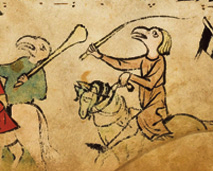 The facsimile below is from one of the drawings in Libri’s 15th-century copy of the Hagada Schel Pesach. It provides an unusual glimpse of people in a medieval Hebrew manuscript.
The facsimile below is from one of the drawings in Libri’s 15th-century copy of the Hagada Schel Pesach. It provides an unusual glimpse of people in a medieval Hebrew manuscript.

